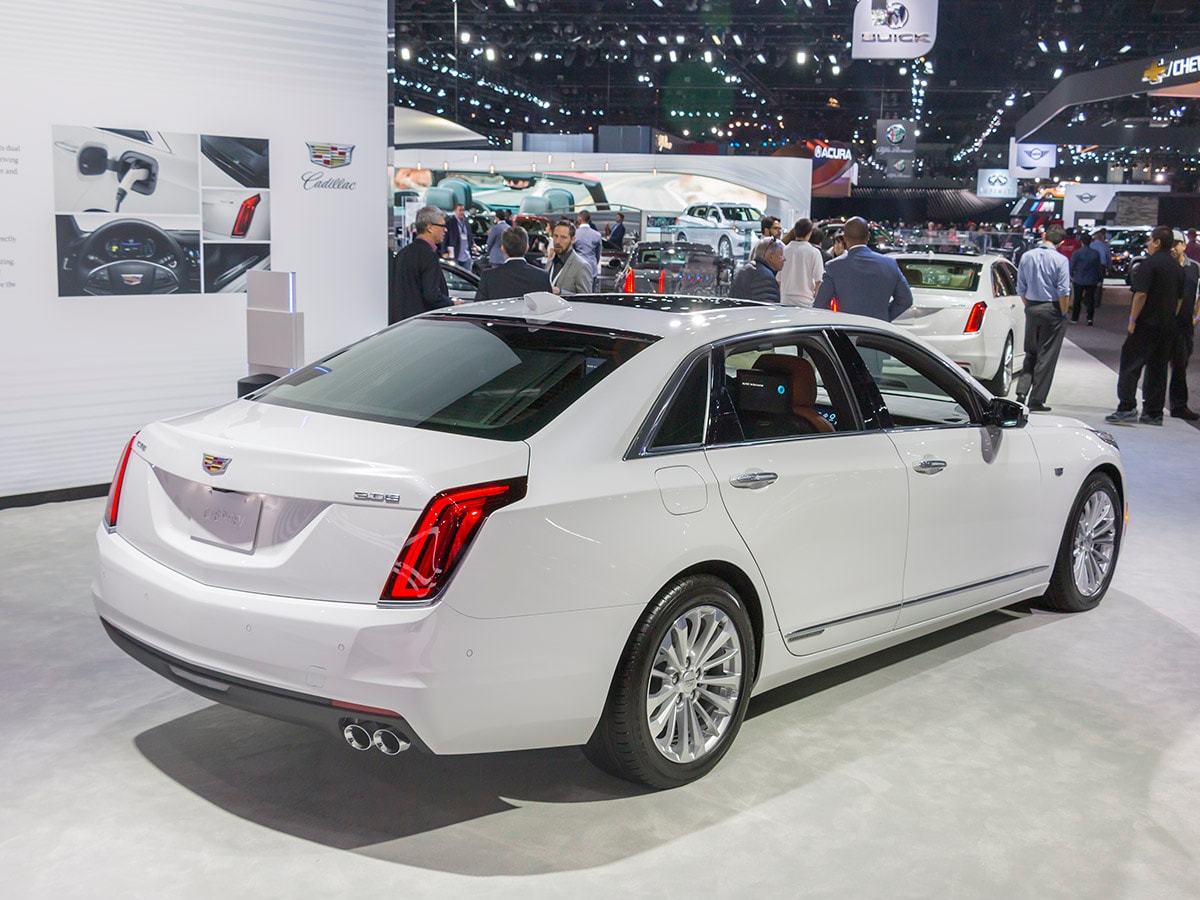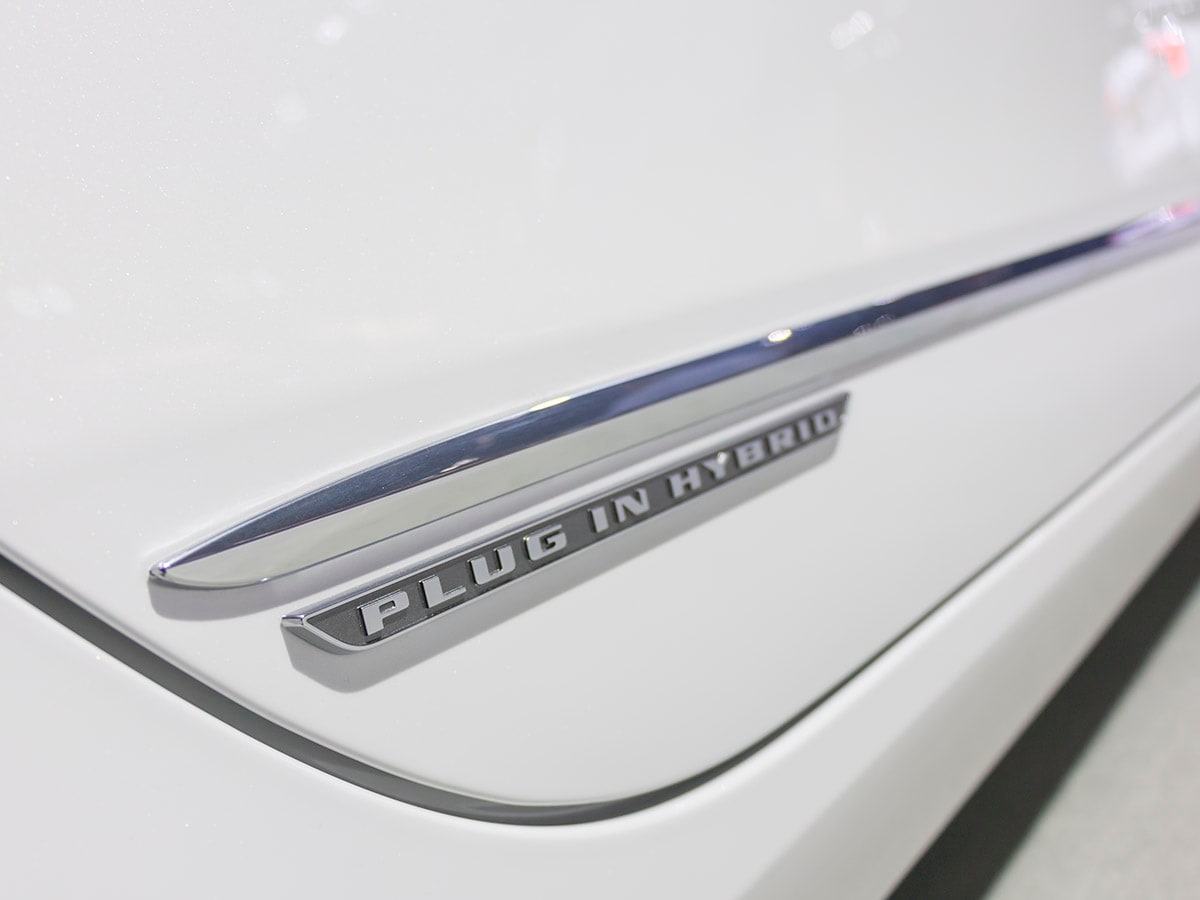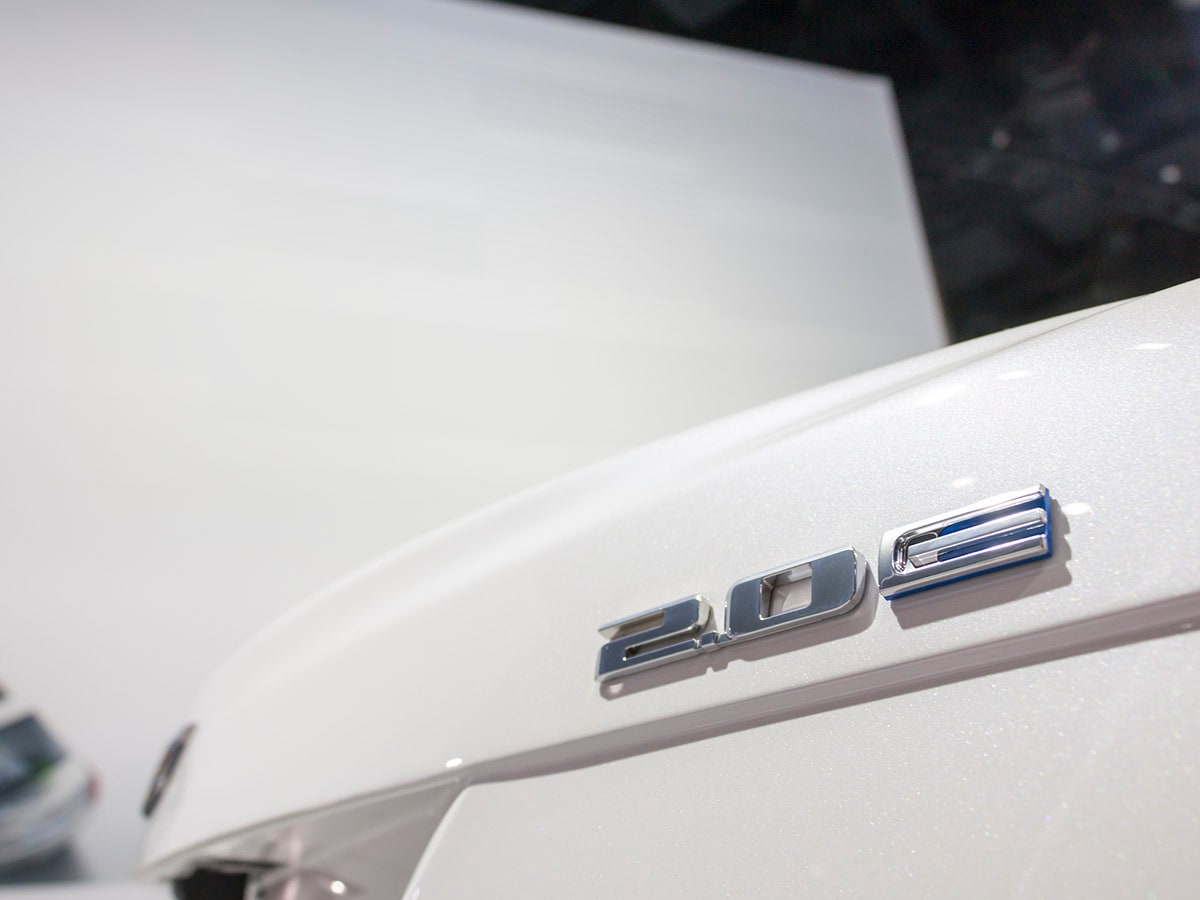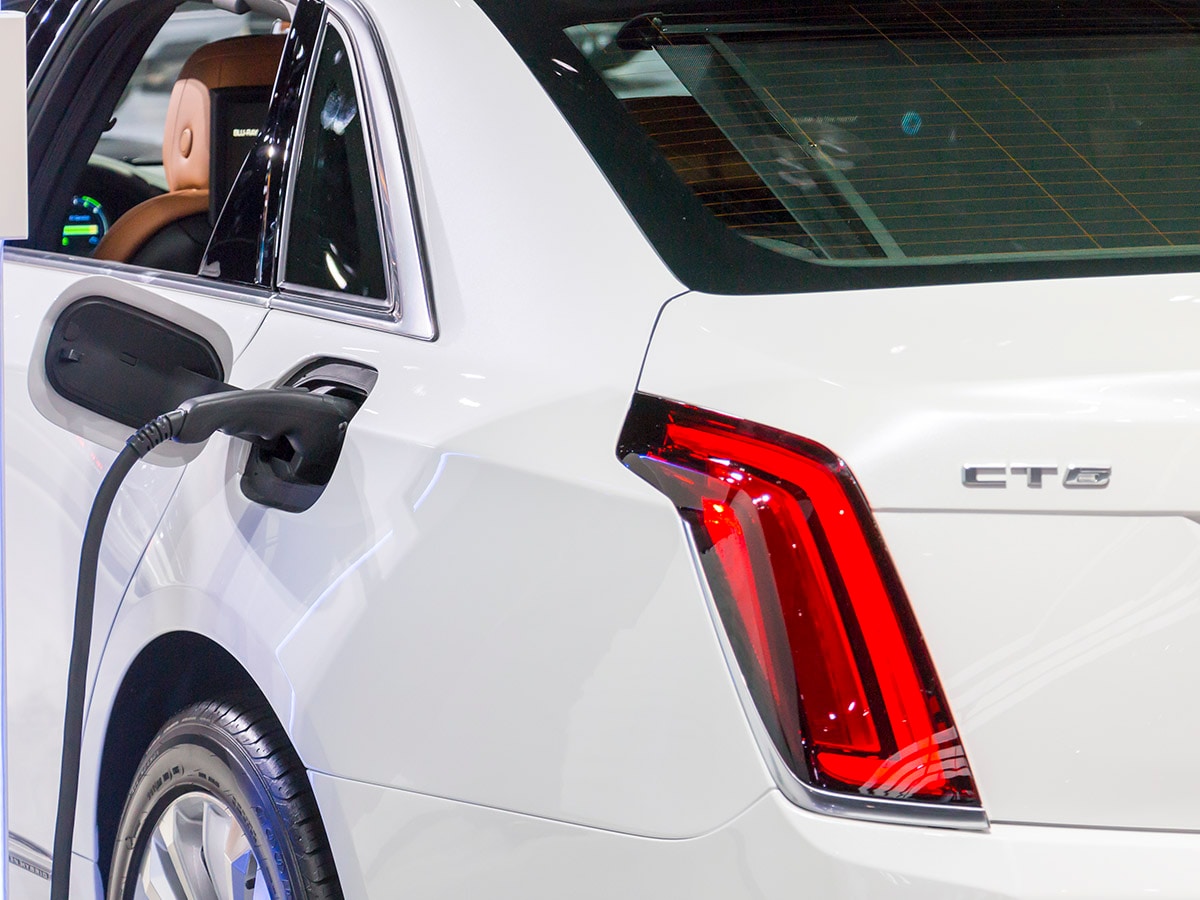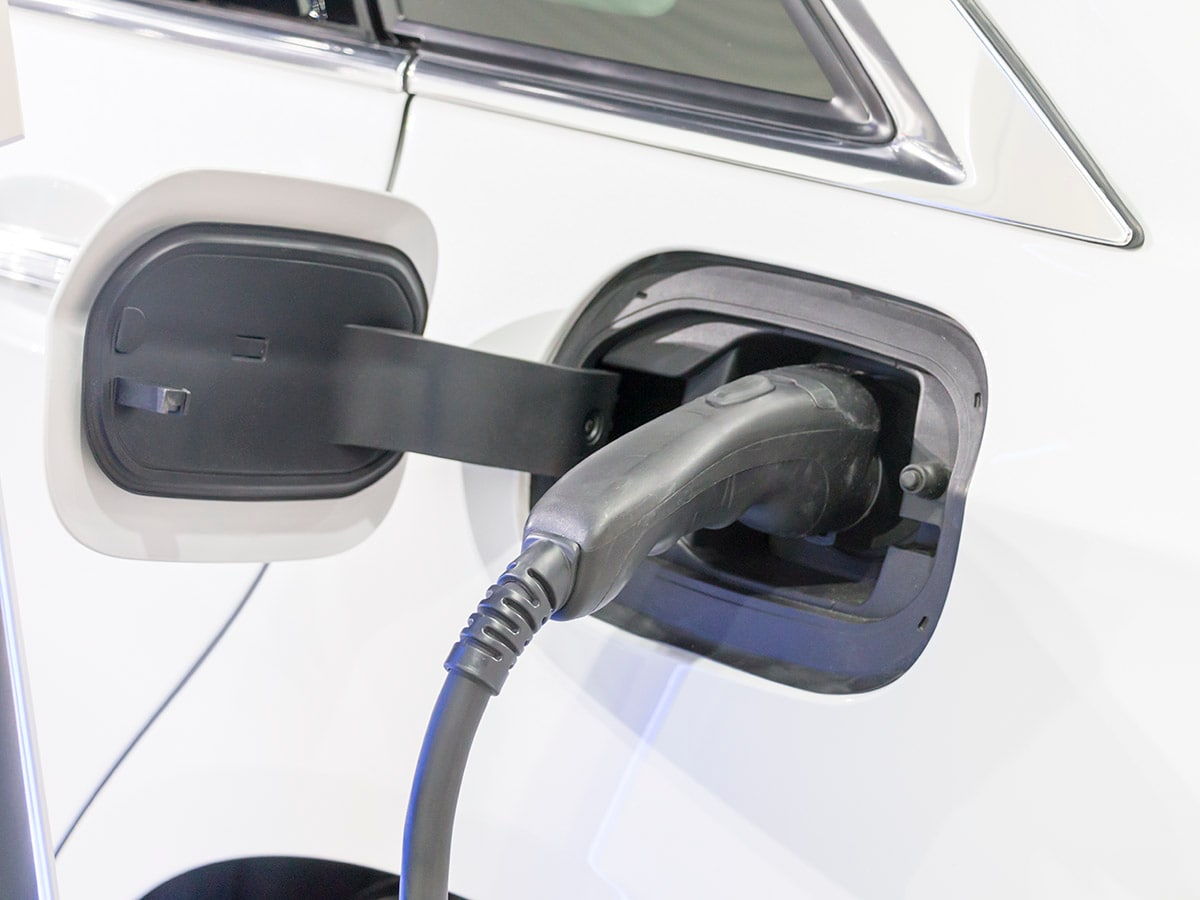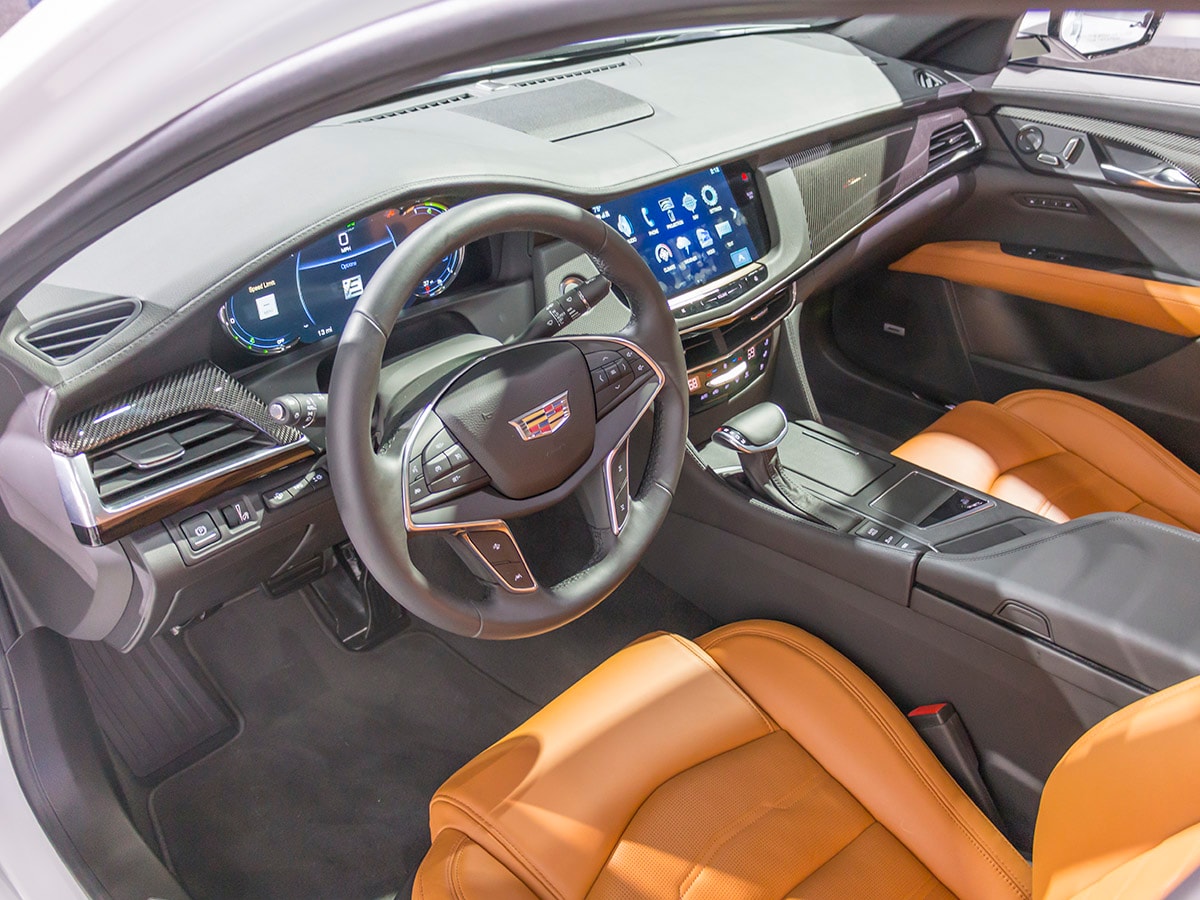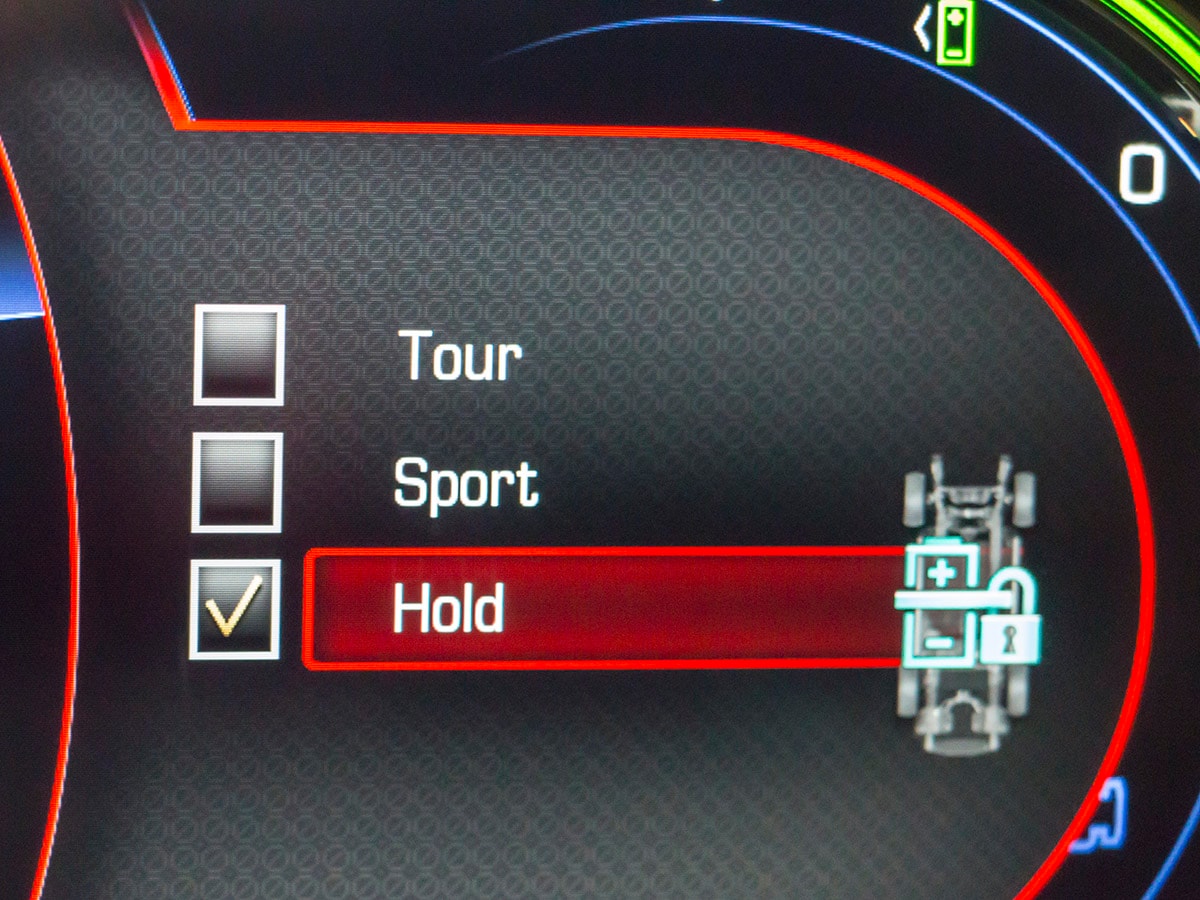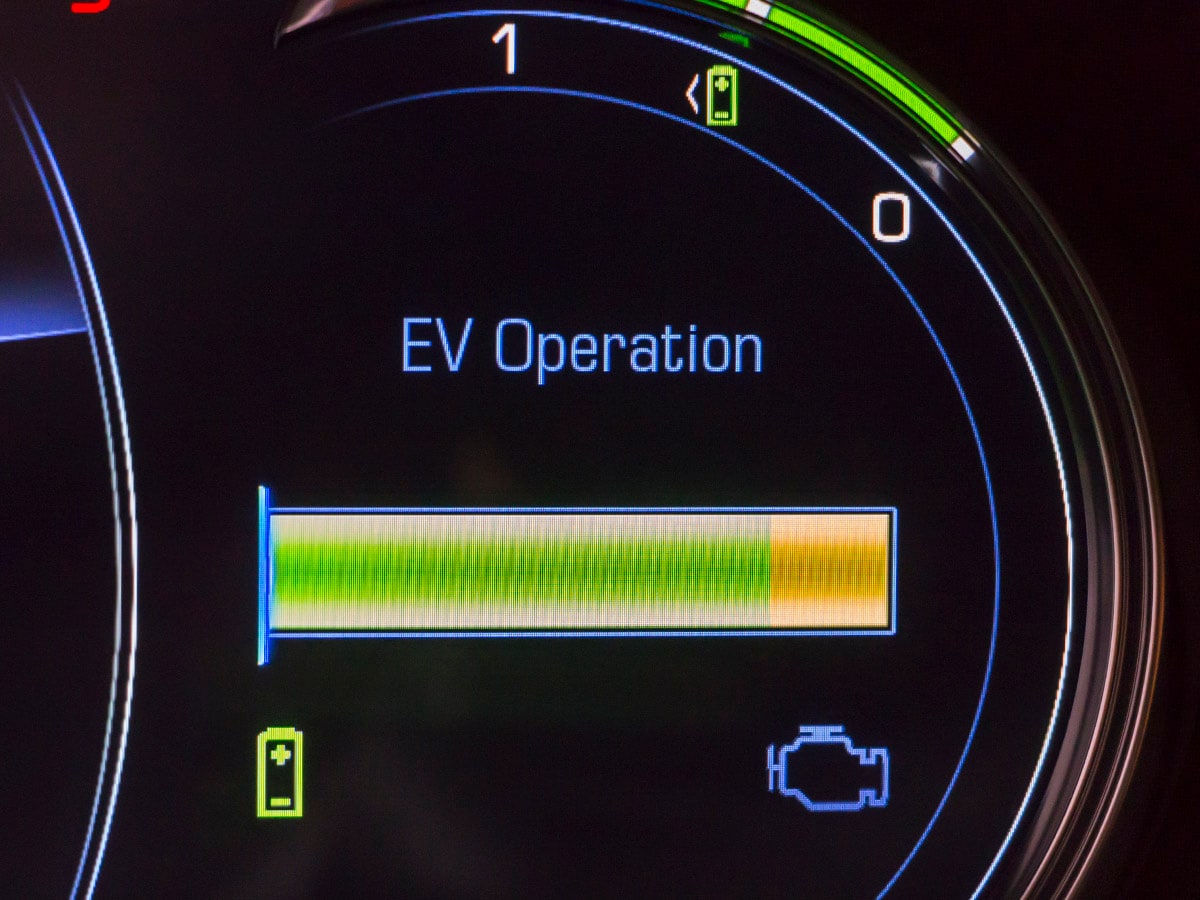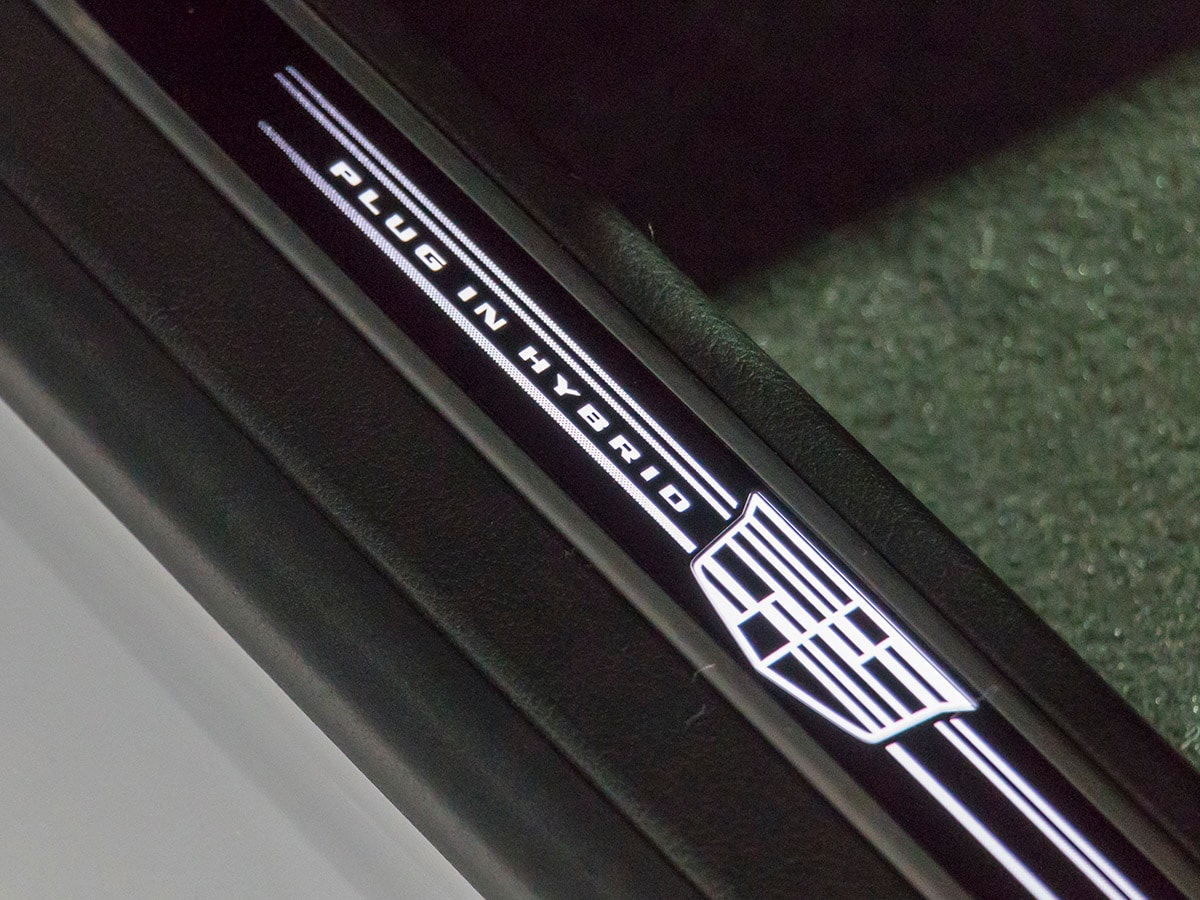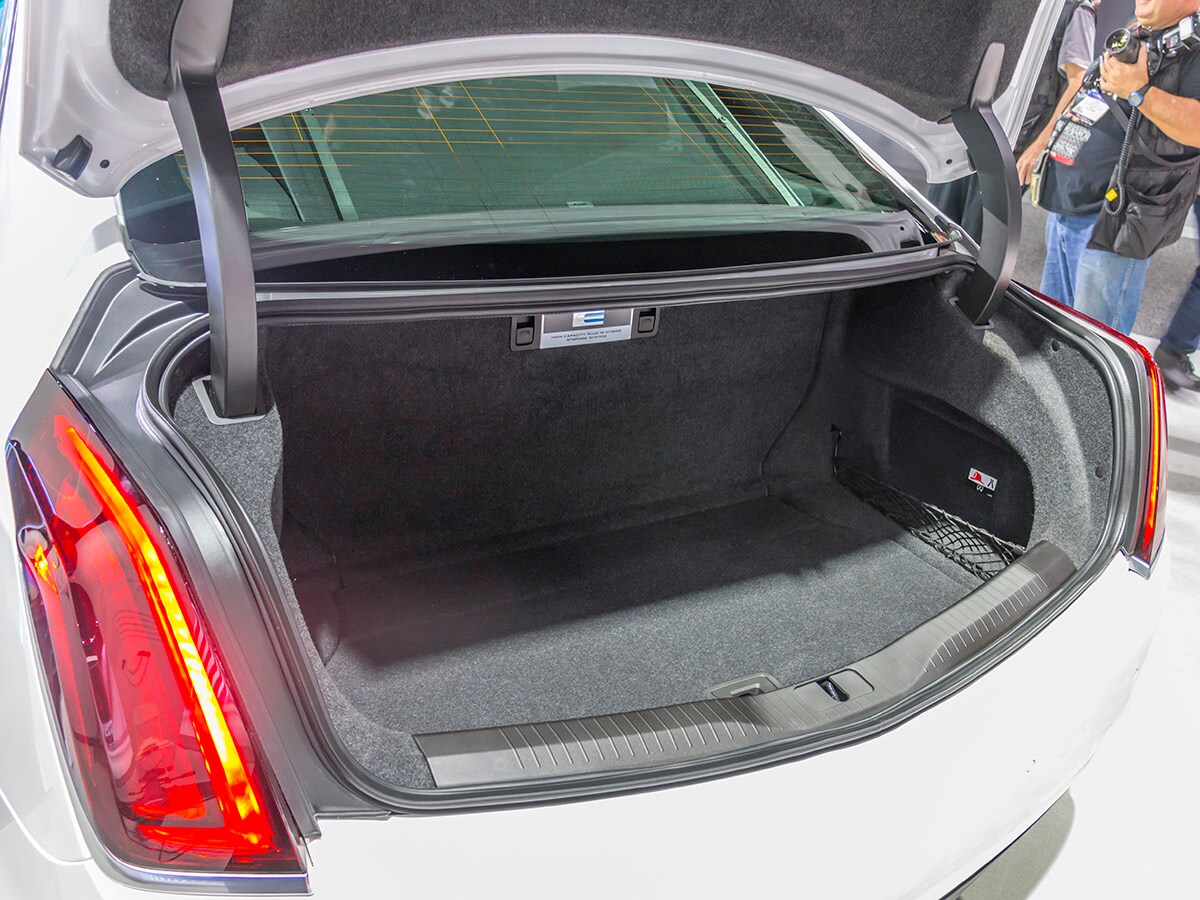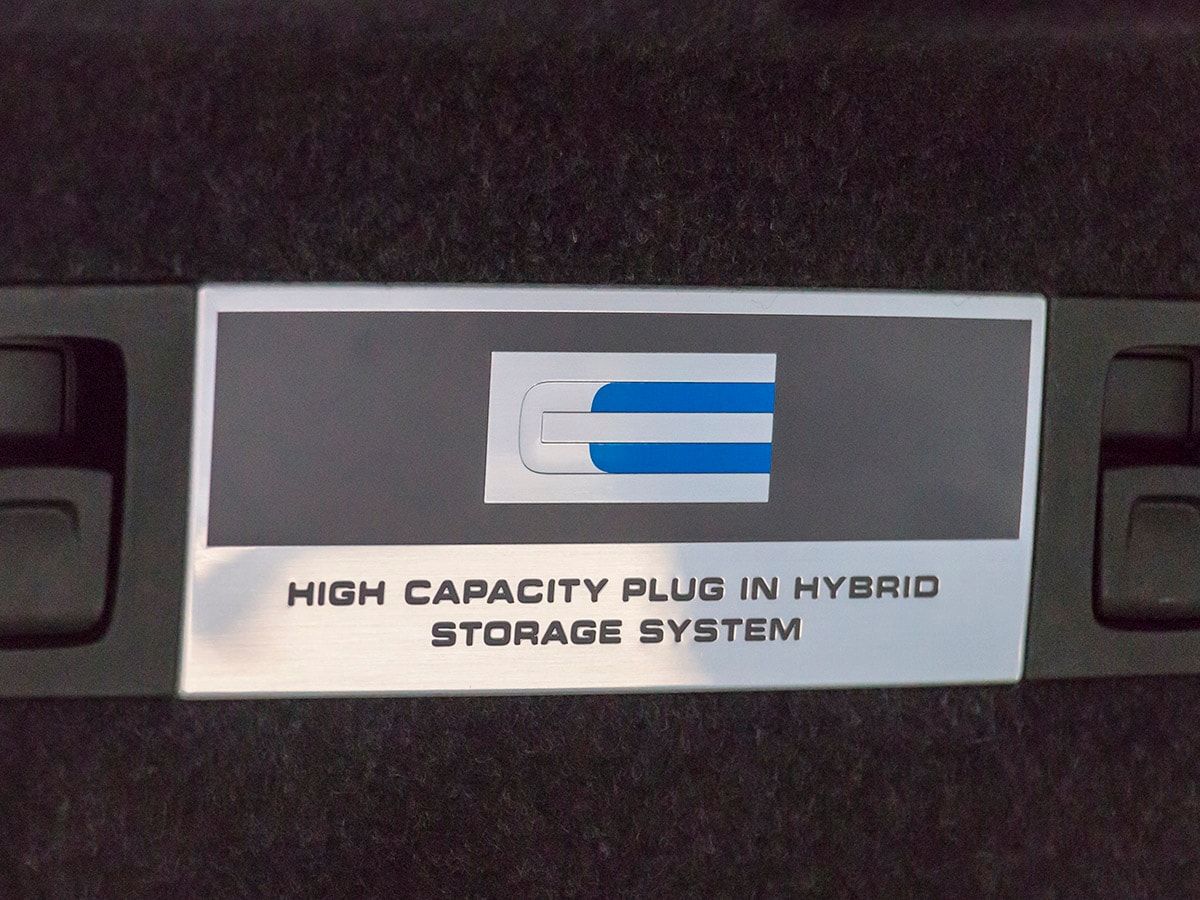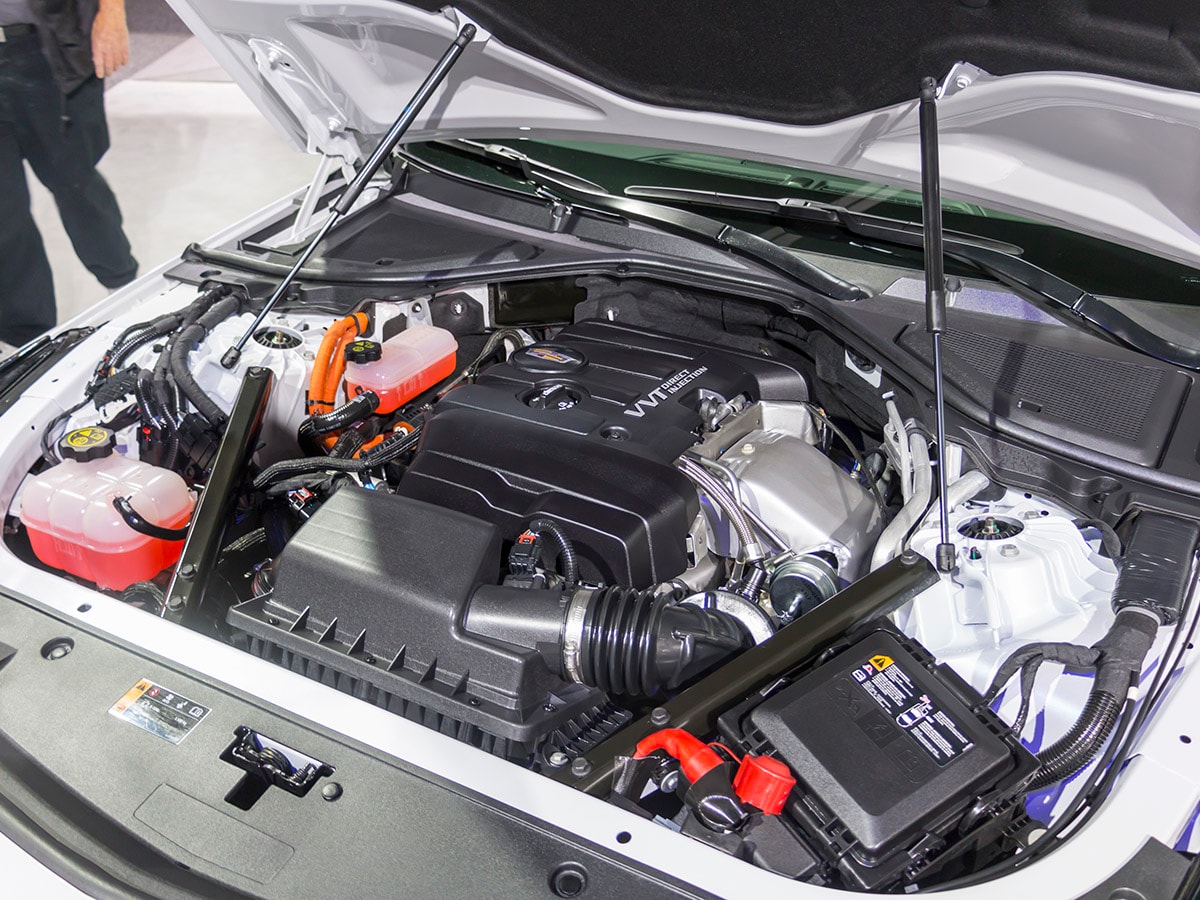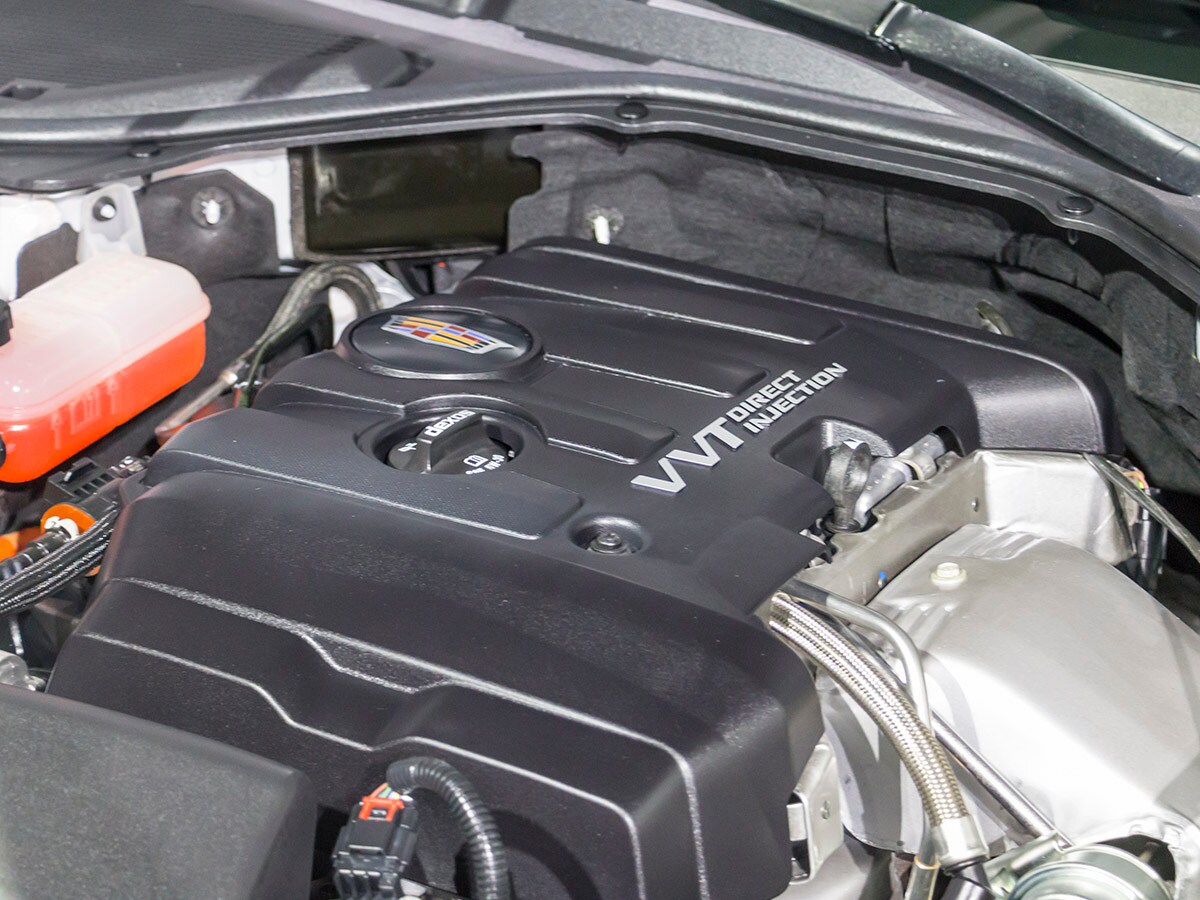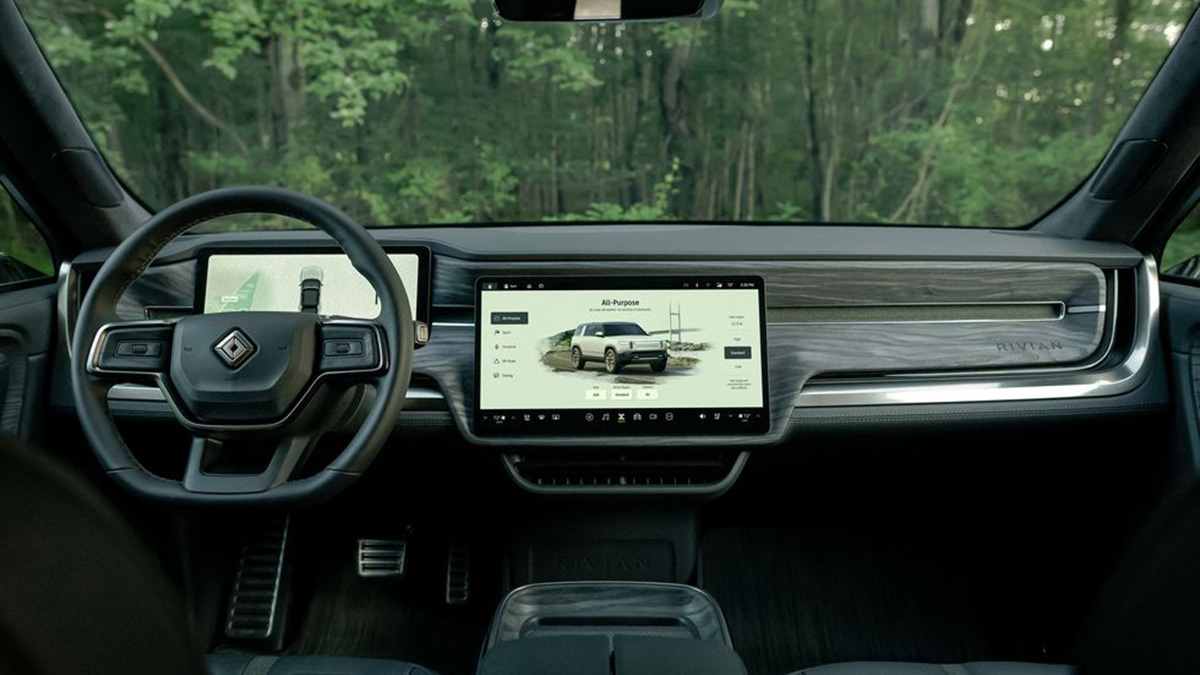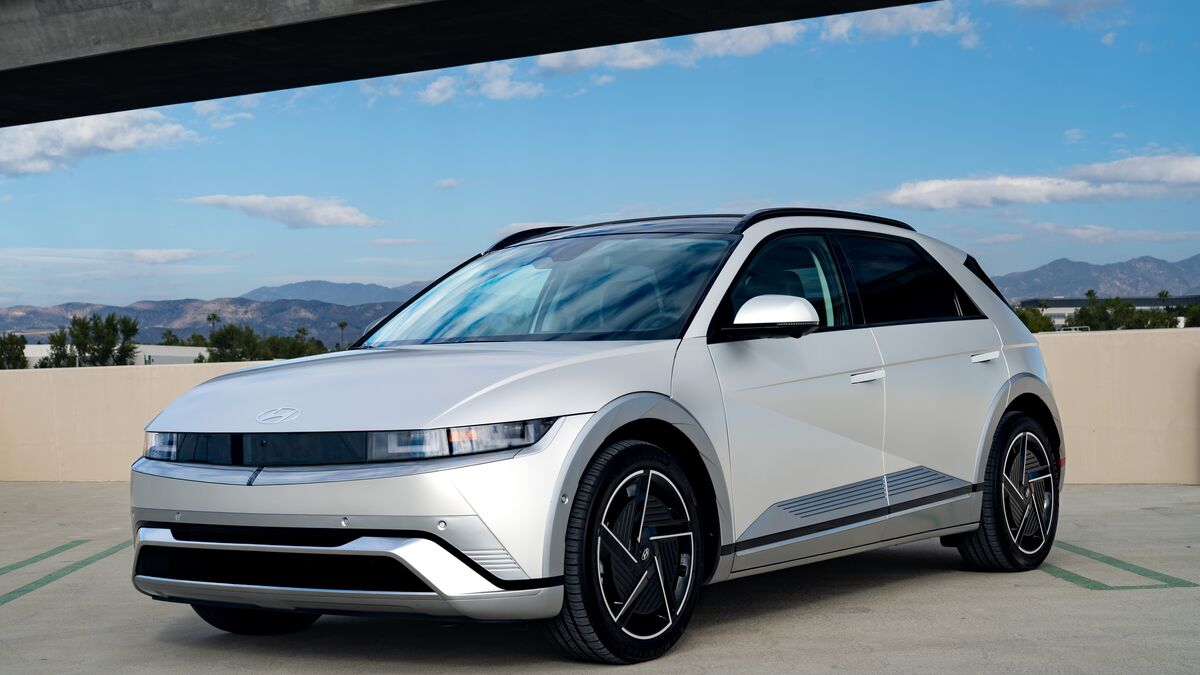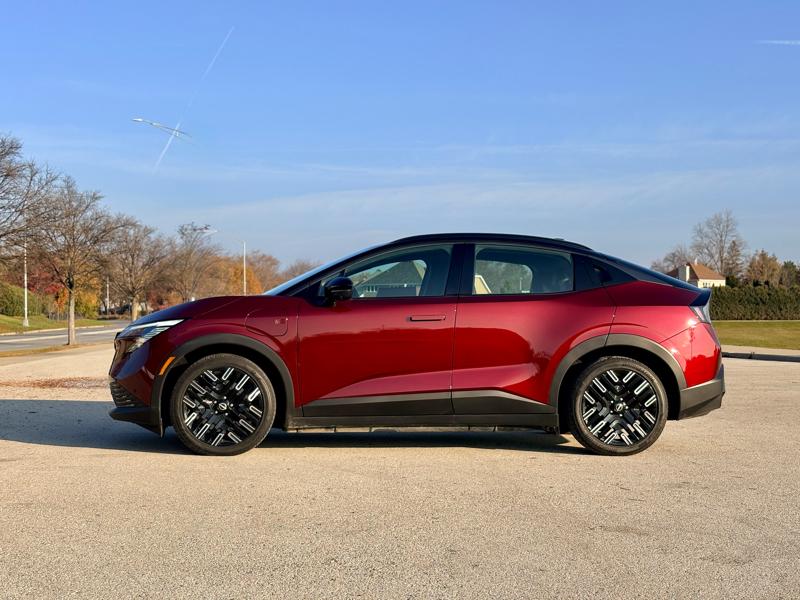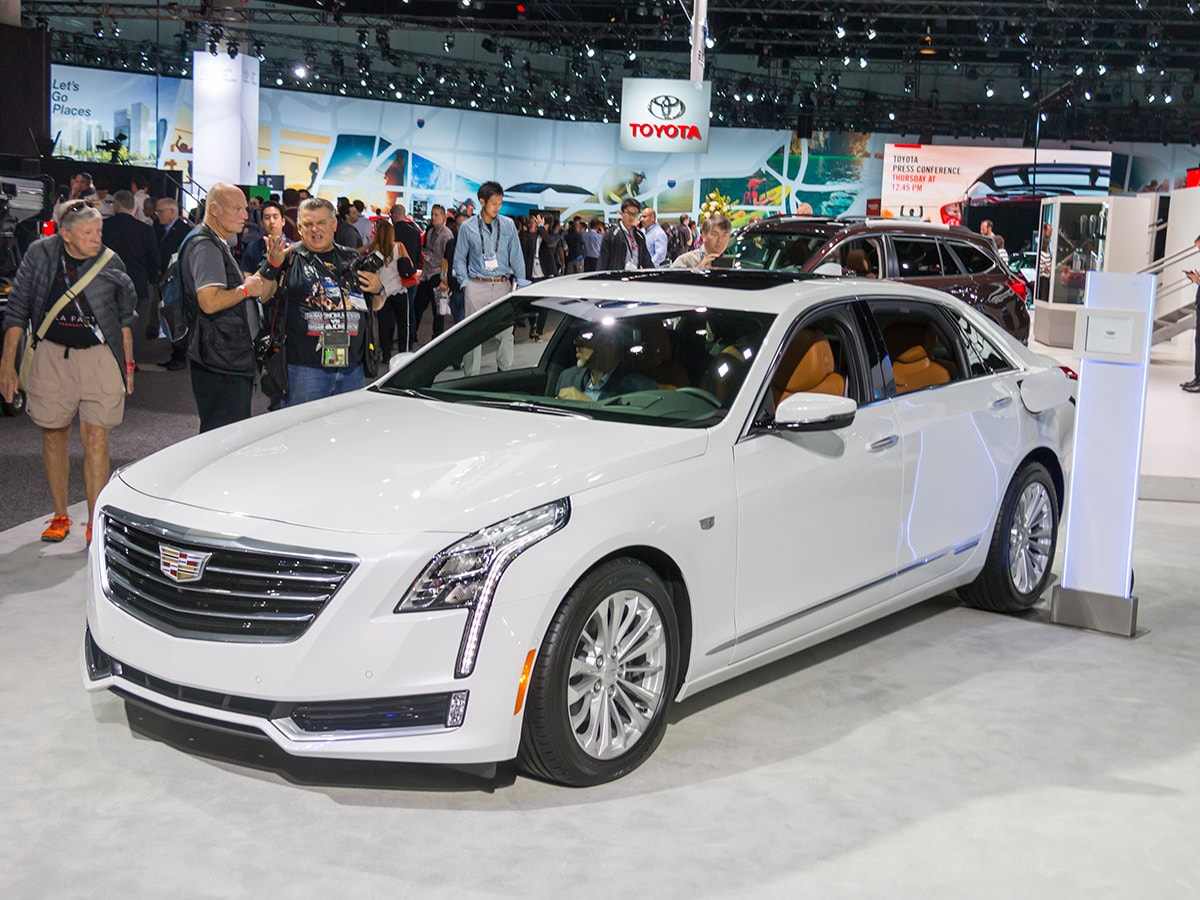
If Tesla has taught us anything, it’s that green technology must be as much a part of the luxury car game as comfort and horsepower. So it’s no surprise to see the new 2017 Cadillac CT6 flagship luxury sedan now available in a plug-in hybrid version.
The CT6 Plug-In Hybrid incorporates a lot of the lessons GM learned from its other hybrids and plug-ins, such as the Chevrolet Volt. It also bests its closest German rival, the Mercedes Benz S 550e, in a couple of key areas. First, it’s less expensive by about $20,000, and second, the Cadillac‘s 30 miles of EV-only range more than doubles that of the Benz.
Distinct model
Cadillac is presenting its new hybrid as a separate model in the CT6 lineup, slotting somewhere around the same trim level as the Premium Luxury, while leaving some options — the Panaray audio system and reclining rear seats — on the cutting room floor because of packaging concerns with the battery pack. The gasoline engine is the turbocharged 2.0-liter 4-cylinder that’s in the base CT6 model and elsewhere in the Cadillac lineup, and it combines with the two electric motors for a total of 335 horsepower, good enough for a 0-60 mph time of about 5.2 seconds. You get about 30 miles of pure EV-driving on a full charge, which should translate to an EPA-estimated 65 MPGe; left on its own in hybrid mode and GM predicts a combined 26 mpg. It takes about 5 hours to replenish the battery on a 220v outlet, or more than 12 on a 120v charger; the CT6 doesn’t support DC "fast" charging at this time.
To learn more about the technology behind the new CT6 Plug-In Hybrid, we spent a few minutes with Lyndon Lie, Executive Chief Engineer for the Cadillac CT6, and discovered that some of the key components in the new Caddy have a surprising origin.
For example, you may remember the Two Mode Hybrid versions of GM’s full-size SUVs from a few years ago. While bad timing and a high price equaled slow sales of those trucks, the technology was sound, and the transmission itself has been fully reengineered and updated for use in this new Cadillac. By incorporating the electric motors and gears in one housing, the transmission makes packaging the electric bits much easier, and allows a top EV-only speed of 78 mph before the gas engine is needed.
Also: Kelley Blue Book Best Buy Awards of 2017
Volt-sourced batteries
The battery itself comes from a surprising source: The Chevrolet Volt. "The battery cells are exactly the same," Lie said. "We have 192 cells in the battery, they’re exactly the same cells they use, just a different configuration of the housing." Instead of the Volt’s "T" shaped pack — a configuration that adds stiffness to the chassis at the expense of rear-seat room — the CT6 was designed from the start to house a large box-shaped 18.4 kWh battery behind the rear seat. "It’s actually a structural part of the car," Lie said. "It’s not just a big mass that’s causing the back end of the car to drag around." Another lesson learned from the Volt is Regen On Demand, which is taken a step further with different levels of regenerative braking that feel more like downshifting via the steering-wheel mounted paddles.
It may sound like GM just used off-the-shelf technology, wrapped it in a Caddy badge, and called it a day, but that’s far from the case. "When we set up the architecture of the vehicle over the last four years, we designed this in," Lie said. Although the additional 400 pounds is biased toward the rear because of the battery, the heavier transmission helps offset that somewhat. Lie also notes that the rearward weight bias helps add traction in snowy conditions, mitigating the lack of available all-wheel drive on the PHEV. "When we did winter testing, we thought ‘wow, this is surprisingly good in the snow,’" he said. The LED screen gauge display has been redesigned with EV functions in mind, allowing the driver to select various battery and energy use displays. Another clever feature is a driver-selectable "Hold" mode, which will force the CT6 to run on its gasoline engine until the driver decides it’s time to use the EV function. This is useful in China and other parts of the world, where zero-emissions standards in city centers are being enforced.
The price of the 2017 Cadillac CT6 Plug-In Hybrid will start at about $76,000 (before federal and state tax rebates) when it goes on sale in Spring, 2017. That’s pricey, but Cadillac notes that since the CT6 Plug-In Hybrid compares to the Premium Luxury CT6, it includes things like the rear-seat infotainment system, Enhanced Night Vision, Rear Camera Mirror and around-view camera system. While you give up a little, you gain a lot, and we think that the CT6 Plug-In Hybrid has serious potential in the premium green-lux sedan category. We can’t wait to drive it.
Related: See the other cars and concept vehicles unveiled at the 2016 LA Auto Show
